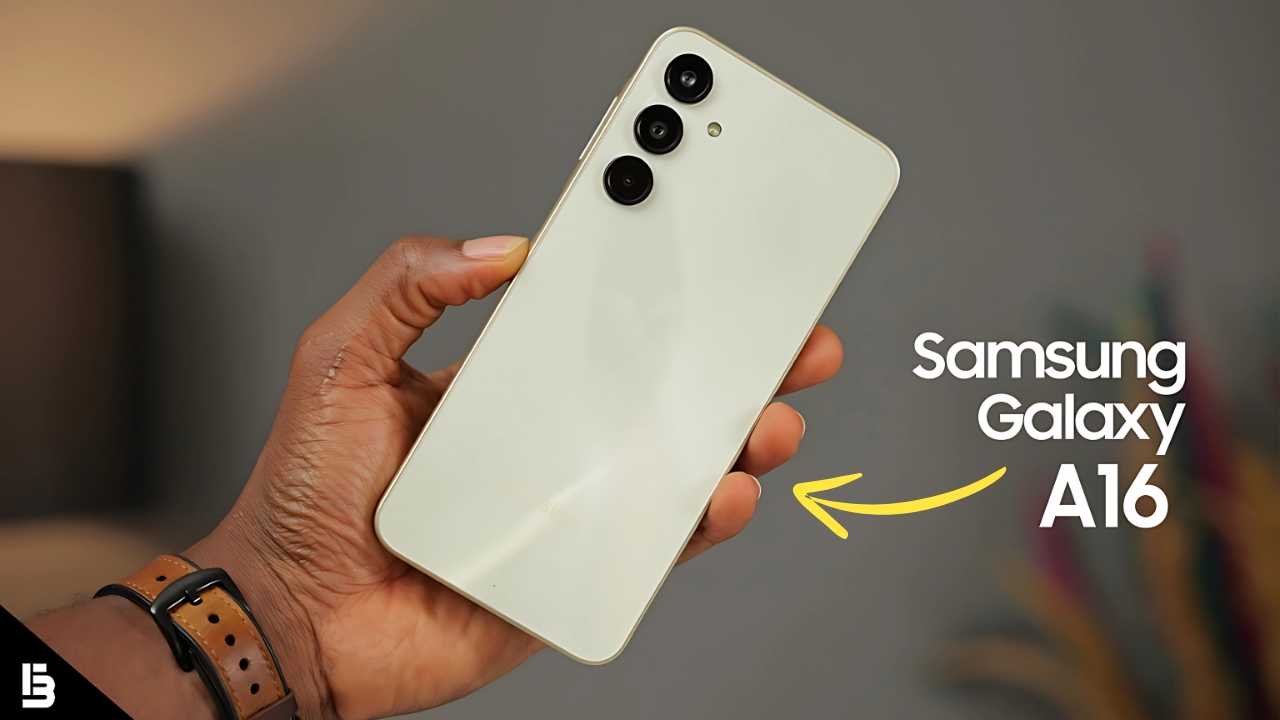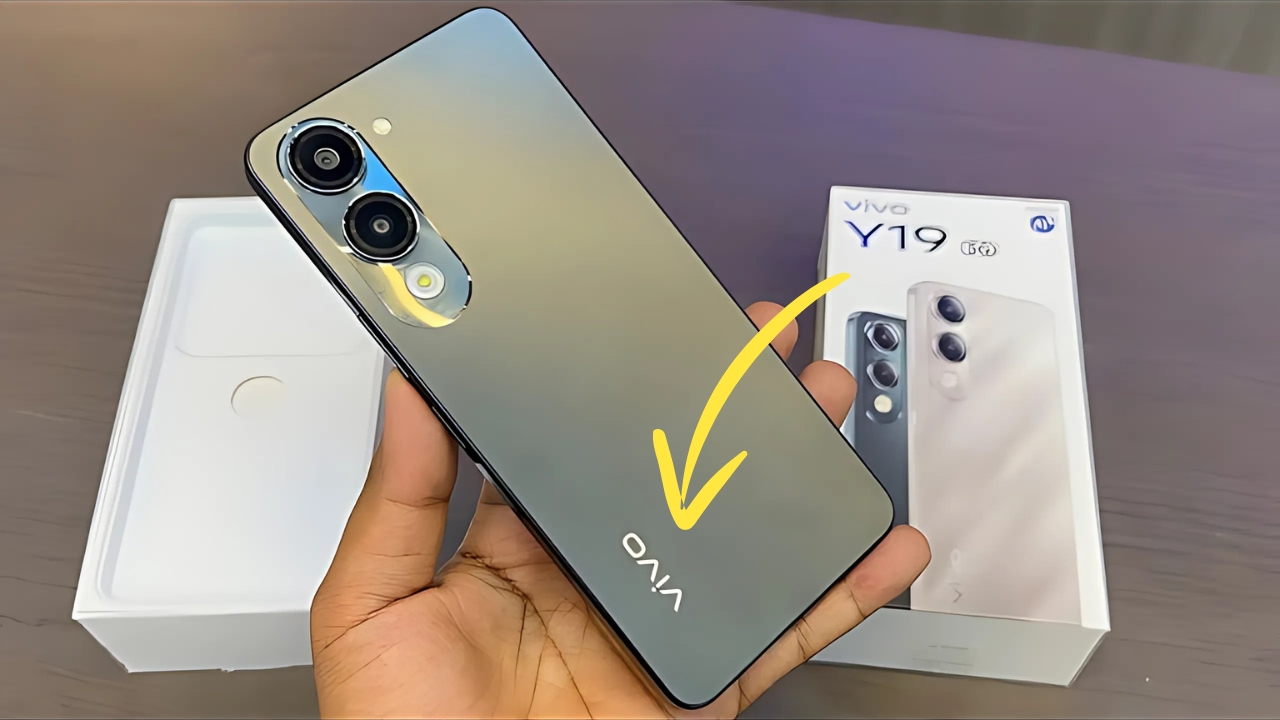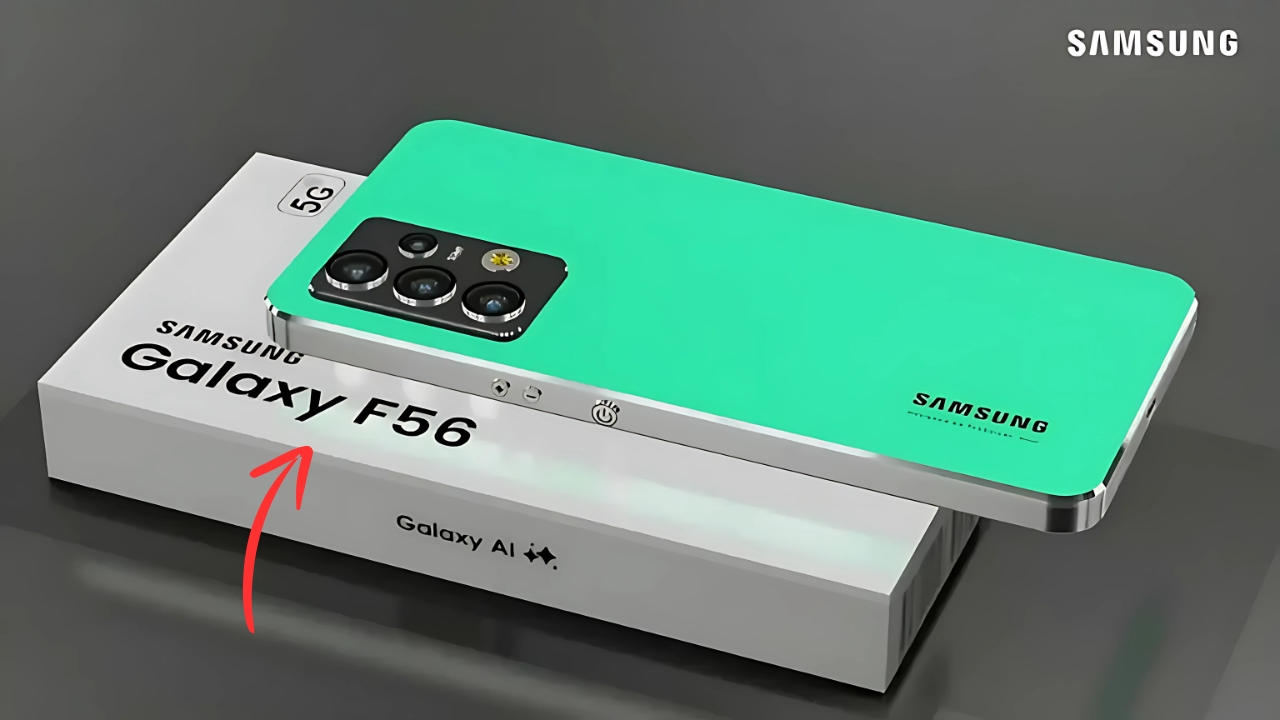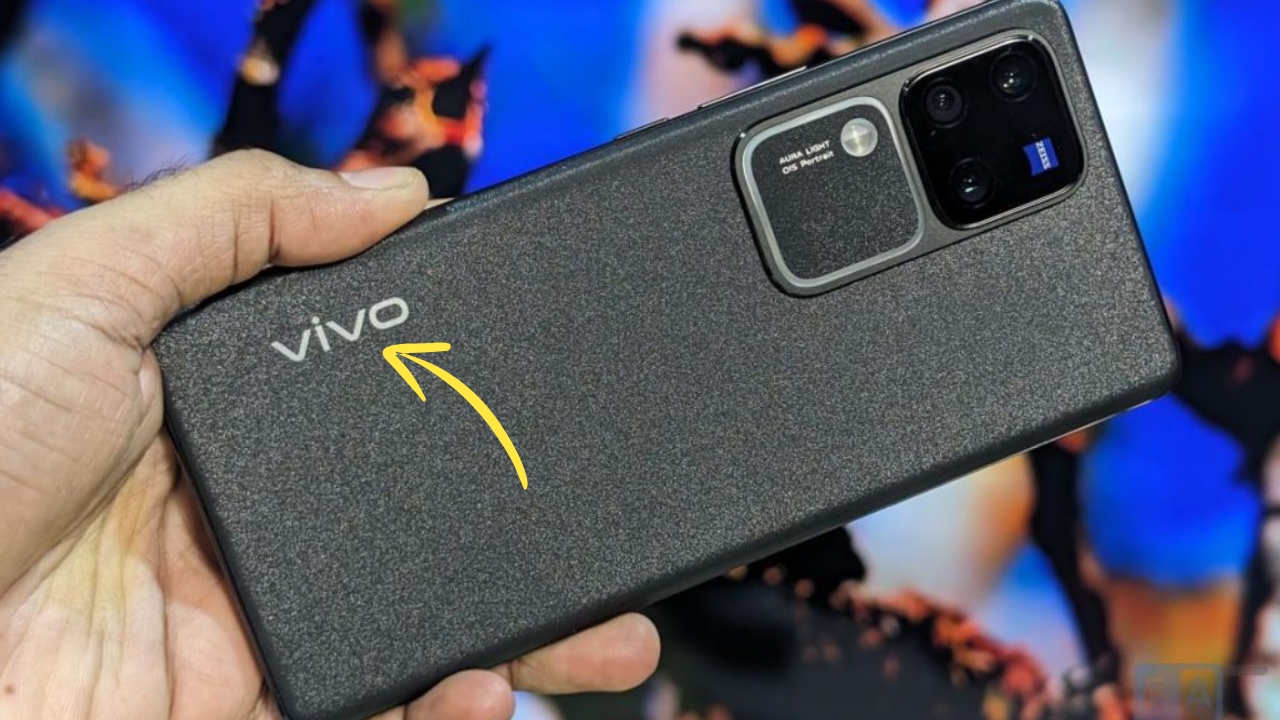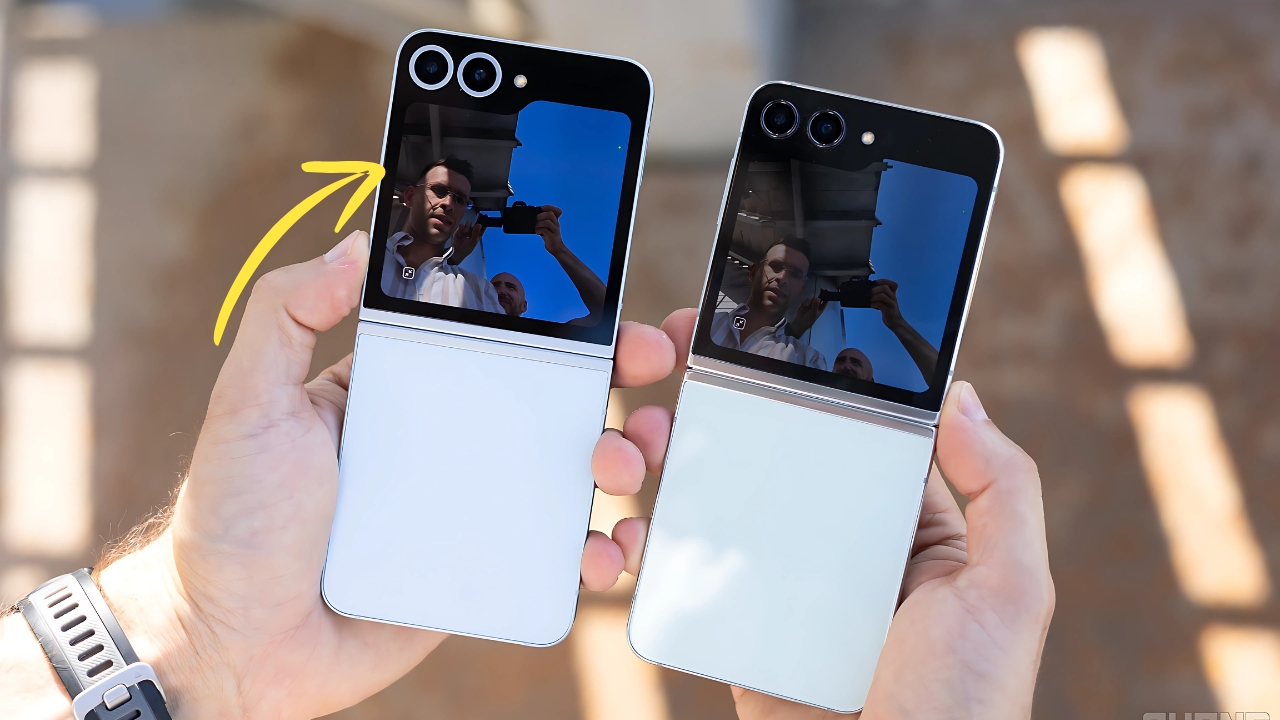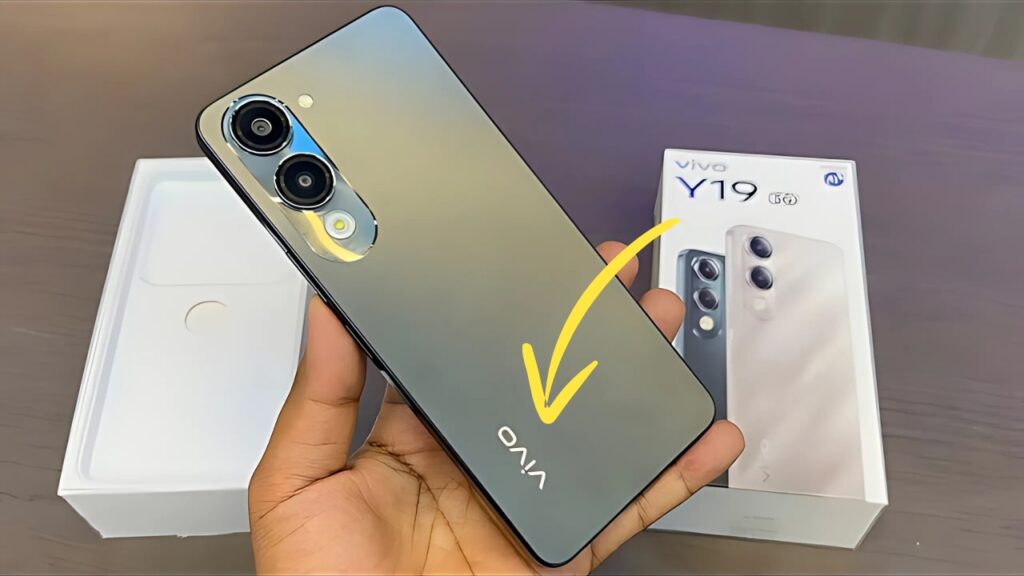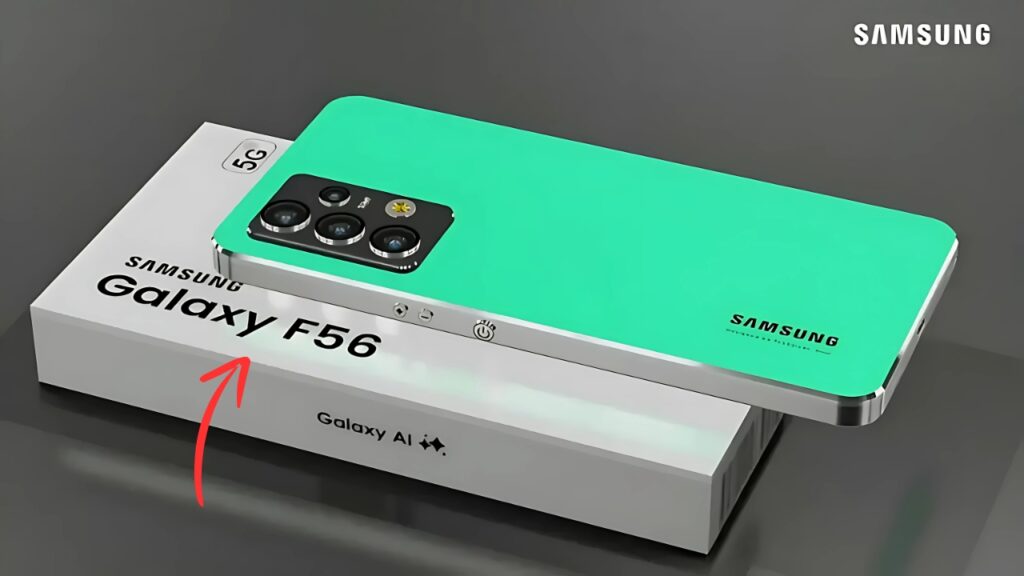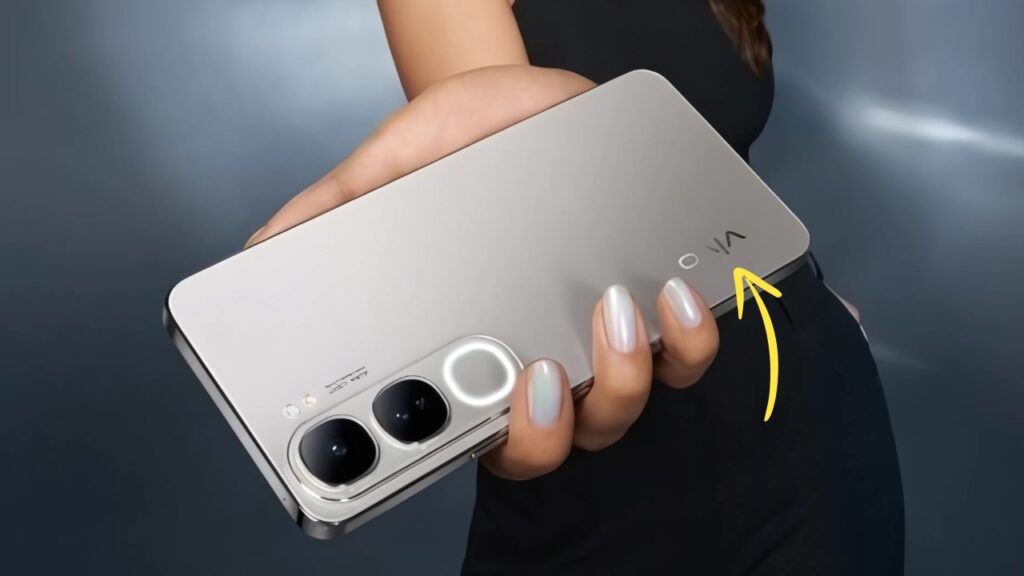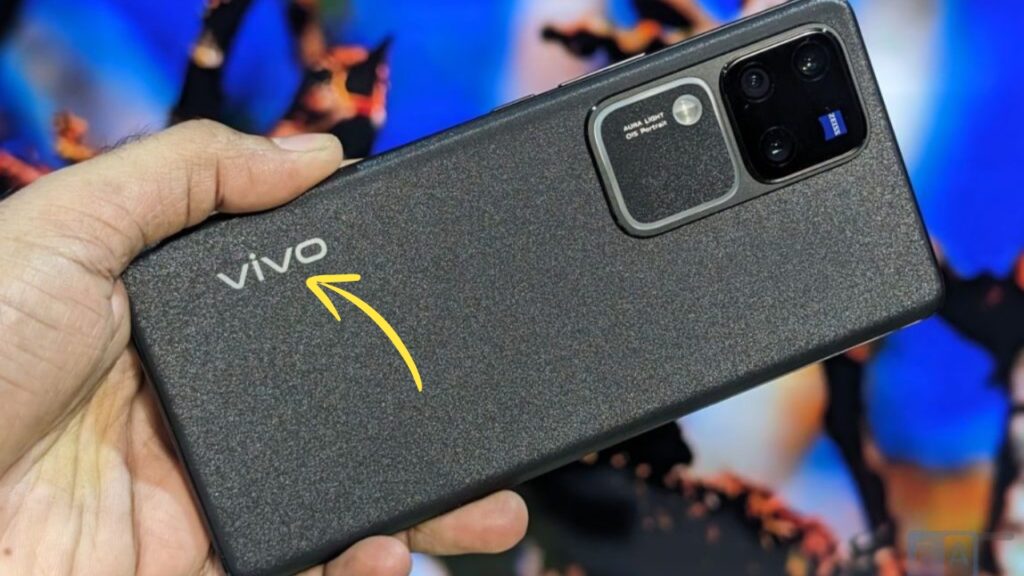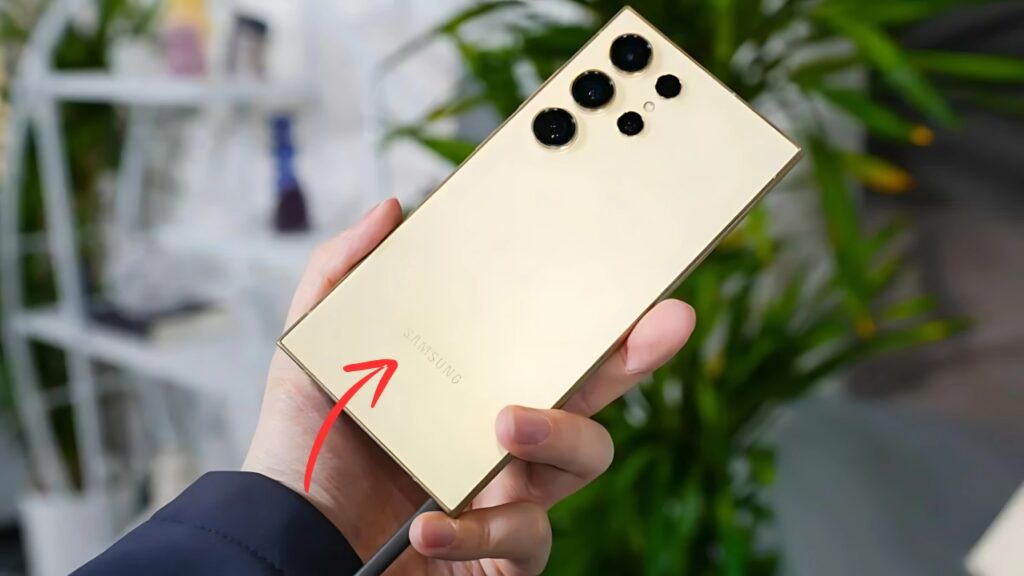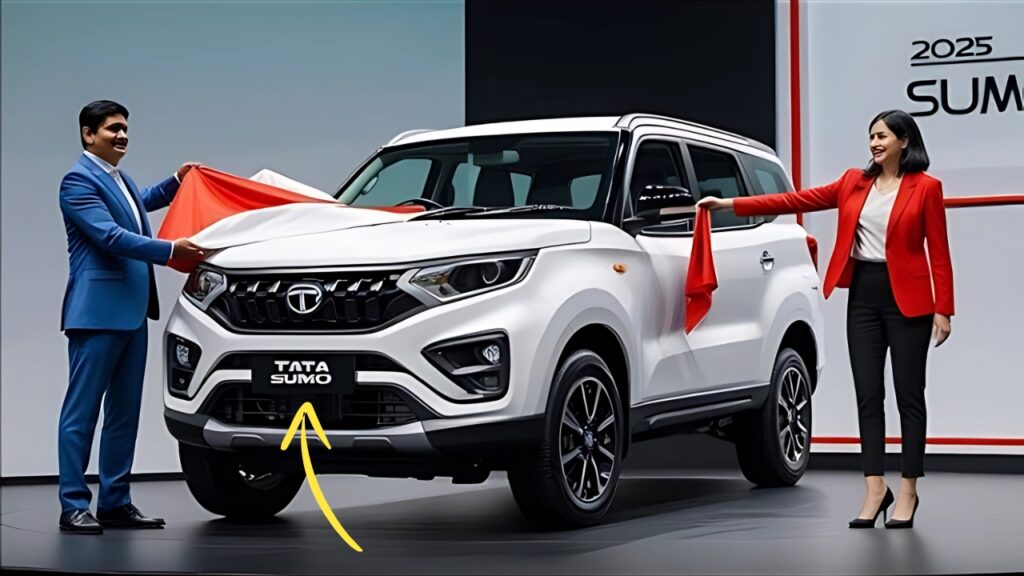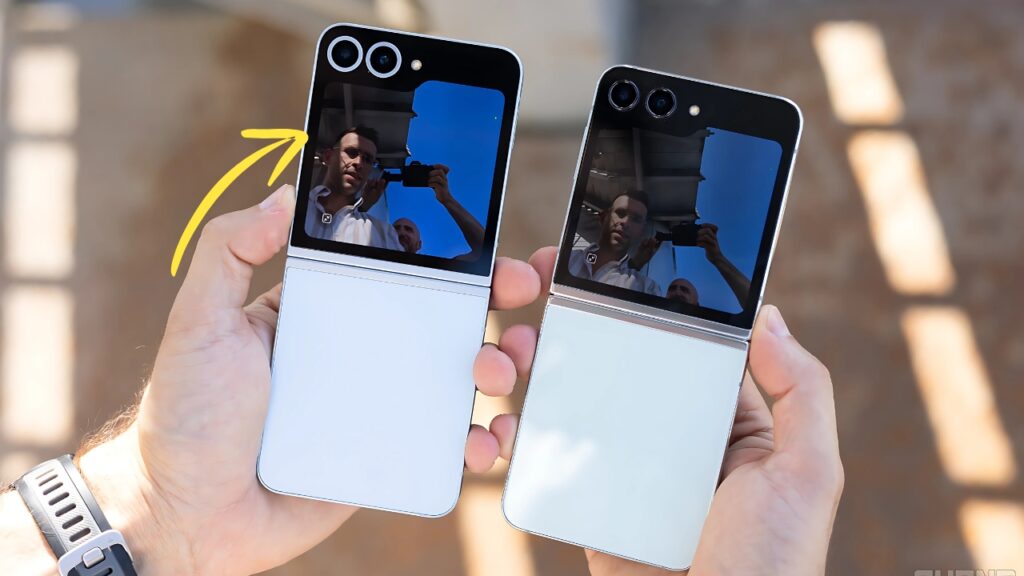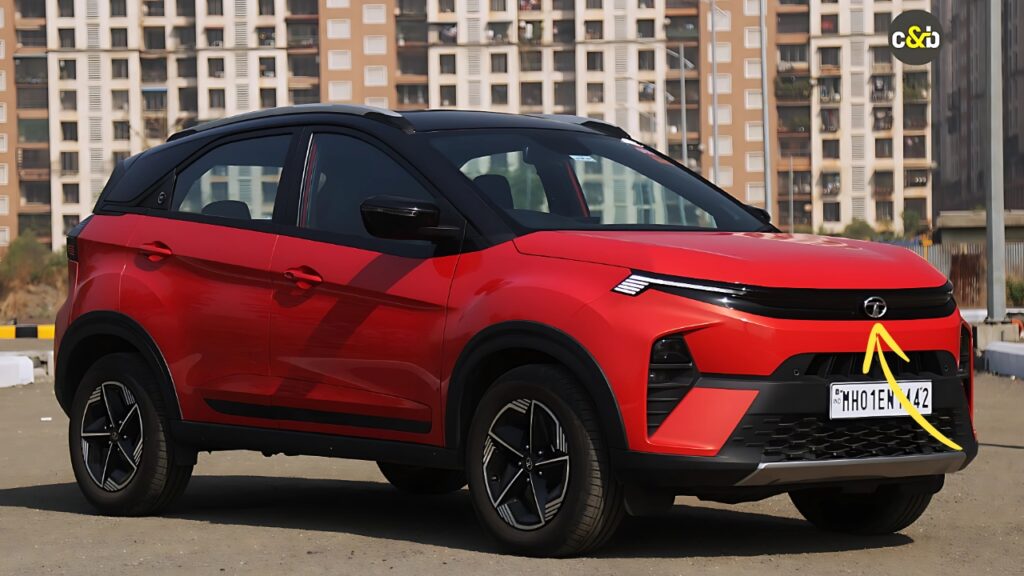Samsung Galaxy A16 5G: In the ever-evolving landscape of budget smartphones, Samsung continues to refine its approach with each new release.
The Galaxy A16 5G, launched in late October 2024, represents the Korean giant’s latest effort to deliver a compelling budget-friendly device without compromising on essential features.
After spending several weeks with this phone as my daily driver, I’ve developed a nuanced perspective on what it offers to consumers navigating the crowded sub-$200 smartphone market.
Samsung Galaxy A16 5G: Design: Subtle Refinement Over Radical Change
Samsung has never been one to dramatically overhaul its design language between generations, and the Galaxy A16 5G stays true to this philosophy.
At first glance, the phone bears a strong family resemblance to its predecessor, the A15 5G, but subtle refinements become apparent upon closer inspection.
Measuring 7.9mm thick and weighing approximately 200g, the A16 5G strikes a reasonable balance between substantiality and portability.
The frame is constructed from plastic, as expected at this price point, but Samsung has done an admirable job giving it a premium feel with a matte finish that resists fingerprints surprisingly well.
The back panel, also plastic, comes in three attractive colorways: Blue Black, Light Grey, and Light Green. My review unit came in Blue Black, which shifts subtly between deep navy and black depending on how light hits it—a nice touch that elevates the overall aesthetic beyond what you’d typically expect from a budget device.
One notable improvement over previous models is the IP54 rating for dust and water resistance. While this falls short of the IP67/68 protection found on pricier models, it does provide peace of mind against light rain and the occasional splash—practical protection for everyday accidents that budget phones often lack.
The right edge houses the volume rocker and power button, with the latter doubling as a fingerprint sensor.
This side-mounted solution works reliably and quickly in my testing, though it occasionally struggles with damp fingers—a common limitation of this technology.
The bottom edge features the USB-C port, speaker grille, and microphone, while the top houses the SIM tray with space for a microSD card—an increasingly rare feature that many users will appreciate.
Display: A Budget AMOLED That Impresses
The front of the Galaxy A16 5G is dominated by a 6.7-inch Super AMOLED display with a resolution of 1080 x 2340 pixels.
This represents a significant upgrade over many budget competitors that still offer LCD panels, and the quality difference is immediately apparent.
Colors are vibrant without being oversaturated, blacks are deep and inky, and the overall brightness is adequate for outdoor use, though it does struggle somewhat under direct sunlight.
The 90Hz refresh rate, while not the 120Hz found on more expensive models, provides a noticeable improvement in smoothness when scrolling through social media feeds or navigating the interface.
The display features a small centered punch-hole cutout for the selfie camera, with reasonably slim bezels around the edges—though the chin is noticeably thicker than the other three sides.
This asymmetry is common in this price bracket and isn’t particularly distracting in daily use.
What impressed me most about the display was its consistency. Whether watching YouTube videos, browsing photos, or reading articles, the panel delivered a pleasingly balanced experience that punches well above its weight class.
The inclusion of Widevine L1 certification means you can enjoy HD content on streaming services like Netflix, a feature not guaranteed in this segment.
Performance: Adequate for Everyday Tasks
Depending on the region, the Galaxy A16 5G comes equipped with either Samsung’s own Exynos 1330 chipset or MediaTek’s Dimensity 6300.
My review unit featured the Dimensity 6300, paired with 6GB of RAM and 128GB of storage (expandable via microSD).
In daily use, the phone handles basic tasks with minimal fuss. Social media apps, web browsing, messaging, and video streaming all run smoothly, with occasional minor stutters when rapidly switching between applications.
The 6GB of RAM helps maintain a reasonable number of apps in memory, though don’t expect the same multitasking prowess as devices with 8GB or more.
Where limitations become more apparent is in gaming performance. Casual titles like Candy Crush or Among Us run without issues, but more demanding games like PUBG Mobile or Genshin Impact require lowered graphics settings to maintain playable frame rates.
Even then, you’ll experience occasional frame drops during intense gaming sessions—not unexpected for a phone in this category, but worth noting for gaming enthusiasts.
Benchmark scores place the A16 5G firmly in the mid-range territory, with Geekbench 6 multi-core scores hovering around 1,800 points.
These numbers translate to a device that prioritizes efficiency and battery life over raw performance, a sensible approach for a budget-focused device.
What deserves special mention is Samsung’s commitment to long-term software support. The Galaxy A16 5G ships with Android 14 and One UI 6.1, with a promised six years of OS upgrades and security updates.
This level of support is unprecedented at this price point and means your $200 investment will remain relevant and secure through 2030—a compelling value proposition that few competitors can match.
Camera System: Serviceable But Unremarkable
The camera array on the Galaxy A16 5G consists of a 50MP main sensor (f/1.8), a 5MP ultrawide lens (f/2.2), and a 2MP macro camera (f/2.4). On the front, there’s a 13MP selfie camera housed in the display cutout.
In good lighting conditions, the main camera captures reasonably detailed photos with accurate colors and decent dynamic range.
Samsung’s image processing tends toward slightly saturated colors and sharpening, resulting in images that look good on social media without extensive editing.
The camera app offers a variety of shooting modes, including portrait, night, and pro modes, providing versatility for different scenarios.
The ultrawide lens, while a welcome inclusion for capturing landscapes and group shots, produces noticeably softer images with reduced detail, particularly toward the edges of the frame.
Still, having this option beats not having it at all, especially when trying to capture expansive scenes or tight interior spaces.
The 2MP macro lens feels more like a checkbox feature than a genuinely useful addition. Close-up shots lack detail and often struggle with focus, making it challenging to capture the intricate textures that macro photography is meant to highlight. I rarely found myself using this lens after the initial testing phase.
Low-light performance is where the limitations of the budget camera hardware become most apparent.
While the night mode does brighten dark scenes, the results often lack detail and show significant noise.
This isn’t unusual for phones in this price range, but it’s worth setting realistic expectations.
Video recording capabilities top out at 1080p at 30 frames per second, with electronic stabilization that does an adequate job of smoothing out minor hand movements. The footage is usable for casual social sharing but won’t impress more discerning videographers.
Overall, the camera system is functional but unexceptional—perfectly adequate for documenting daily life and social media posts, but not a key selling point of the device.
Battery Life: A Genuine Strength
One area where the Galaxy A16 5G truly excels is battery life. The 5,000mAh cell consistently delivered a full day of heavy use, often with 30-40% remaining at bedtime.
With more moderate usage patterns, two full days between charges is entirely achievable.
This impressive endurance can be attributed to the efficient processor, the relatively modest refresh rate, and Samsung’s increasingly sophisticated power management.
Features like adaptive battery and power-saving modes further extend usage when needed, making this a reliable companion for long days away from power outlets.
Charging speeds are less impressive, with the phone supporting 25W wired charging that takes approximately 80 minutes to go from empty to full.
No wireless charging is included, as expected at this price point. It’s worth noting that Samsung doesn’t include a charger in the box, following the industry trend toward reducing electronic waste.
Software Experience: Refined and Feature-Rich
The Galaxy A16 5G runs Android 14 with Samsung’s One UI 6.1 overlay. This combination delivers a polished, feature-rich experience that has become increasingly refined over recent generations.
One UI has evolved into one of the more user-friendly Android skins, with thoughtful features like one-handed mode, secure folder, and extensive theme customization options.
The settings menu remains comprehensive but well-organized, making it relatively easy to find specific options when needed.
Samsung has reduced bloatware compared to earlier generations, though you’ll still find some pre-installed apps from both Samsung and Google, along with a few third-party offerings like Facebook.
Most of these can be uninstalled or disabled if desired, reclaiming storage space and reducing clutter.
As mentioned earlier, the commitment to six years of updates is a significant advantage, especially in a segment where one or two major OS updates is often the norm.
This extended support means the A16 5G will receive new features and security improvements well into the future, enhancing its longevity and value proposition.
Connectivity: Future-Proofed with 5G
As the name suggests, 5G connectivity is a key feature of the Galaxy A16 5G. The phone supports sub-6GHz 5G bands, though mmWave support is absent—a reasonable omission at this price point.
In practical terms, this means you’ll enjoy improved speeds on most major carriers’ 5G networks, though not the ultra-fast (but geographically limited) mmWave connections.
Additional connectivity options include dual-band Wi-Fi, Bluetooth 5.3, NFC for contactless payments, and GPS with various satellite navigation systems.
The inclusion of NFC is particularly noteworthy, as it enables Samsung Wallet functionality for tap-to-pay convenience—a feature sometimes omitted from budget devices.
Call quality was solid in my testing, with clear voice transmission and good reception in areas with adequate signal.
The speaker, while not spectacular, produces reasonably clear audio at moderate volumes, though it lacks bass and can sound tinny at higher levels.
Value Proposition: Competitive in a Crowded Market
Priced around $200 (with regional variations), the Galaxy A16 5G positions itself in the fiercely competitive budget segment.
Its primary competitors include devices like the Motorola Moto G Power, Nokia G60, and various offerings from Chinese brands like Xiaomi and Realme.
What sets the A16 5G apart is the combination of a quality AMOLED display, decent performance, excellent battery life, and unprecedented software support.
While other devices might offer better specifications in isolated areas (faster charging, higher refresh rates, or more powerful processors), few deliver such a well-rounded package with the promise of long-term relevance.
For consumers prioritizing a reliable, future-proofed experience over bleeding-edge specifications, the Galaxy A16 5G represents compelling value.
The Samsung ecosystem integration, including features like Quick Share and Samsung Cloud, adds further appeal for those already invested in the company’s products.
Samsung Galaxy A16 5G- Final Thoughts:
The Samsung Galaxy A16 5G isn’t revolutionary—it doesn’t redefine what a budget smartphone can be or introduce groundbreaking features to the segment.
Instead, it focuses on refining the essentials while making sensible compromises to meet its price target.
Its strengths—a quality display, exceptional battery life, clean software, and unparalleled update commitment—align well with what most users prioritize in daily use.
Its limitations—adequate but unexciting camera performance, moderate charging speeds, and plastic construction—are reasonable trade-offs that don’t significantly detract from the overall experience.
For students, seniors, or anyone seeking a reliable smartphone without breaking the bank, the Galaxy A16 5G deserves serious consideration.
It may lack the excitement of flagship devices or the raw specifications of some budget competitors, but its balanced approach and long-term value make it a sensible choice in an increasingly complicated market.
In a world where smartphones often feel disposable, with rapid obsolescence driving upgrade cycles, the Galaxy A16 5G’s six-year support promise feels almost revolutionary.
It’s a budget phone designed to be a lasting companion rather than a temporary solution—and that alone makes it worthy of attention.
Also read this –
